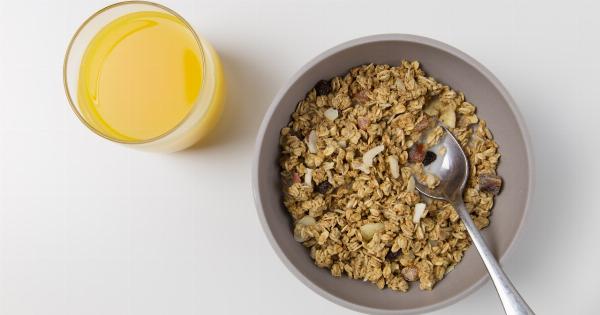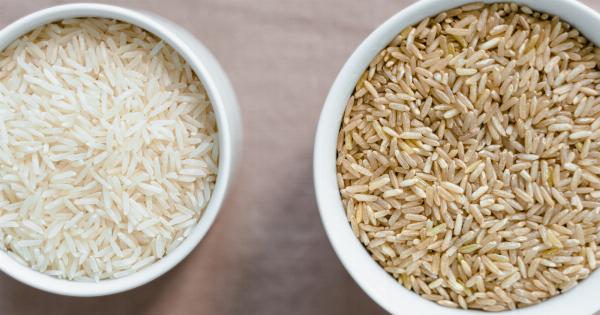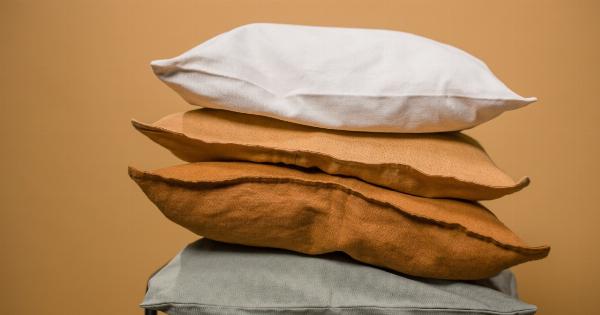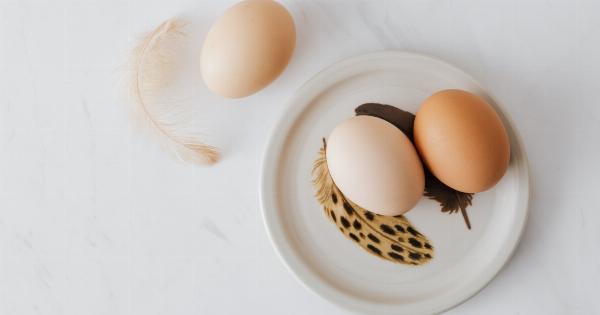Fiber is an essential nutrient that many people overlook. It is a type of carbohydrate that cannot be broken down by the body’s digestive enzymes, meaning it moves through the digestive system relatively undigested.
While this might seem like a negative, it actually has many benefits for the body. In this article, we’ll cover everything you need to know about fiber, including its types, sources, benefits, and daily recommendations.
Types of Fiber
There are two main types of fiber: soluble and insoluble. Soluble fiber dissolves in water and forms a gel-like substance in the digestive system. This helps slow down digestion and can help lower cholesterol levels.
Sources of soluble fiber include oats, nuts, seeds, beans, lentils, fruits, and vegetables. Insoluble fiber, on the other hand, does not dissolve in water and helps keep the digestive system moving. It also adds bulk to stools and can help prevent constipation.
Sources of insoluble fiber include whole grains, bran, nuts, seeds, and some fruits and vegetables.
Fiber Sources
There are many sources of fiber, both soluble and insoluble. Some of the best sources include:.
Whole Grains
Whole grains are a great source of fiber. They include foods like brown rice, quinoa, whole wheat bread, and oatmeal. When choosing grains, look for ones that are labeled “whole grain” or “100% whole wheat.”.
Nuts and Seeds
Nuts and seeds are another great source of fiber. They also contain healthy fats and essential nutrients. Some good options include chia seeds, flaxseeds, almonds, and pistachios.
Fruits and Vegetables
Fruits and vegetables are an excellent source of fiber. They also contain essential nutrients, like vitamins and minerals. Some great options include berries, broccoli, apples, and sweet potatoes.
Beans and Lentils
Beans and lentils are packed with fiber. They’re also a great source of protein and other essential nutrients. Best options include black beans, chickpeas, and lentils.
The Benefits of Fiber
Fiber has many benefits for the body. Some of the most notable include:.
Improved Digestive Health
Fiber helps keep the digestive system moving and can help prevent constipation. It also adds bulk to stools, making them easier to pass.
Lower Cholesterol Levels
Soluble fiber can help lower cholesterol levels by reducing the amount of cholesterol that is absorbed into the bloodstream.
Better Blood Sugar Control
Fiber can help slow down the absorption of sugar into the bloodstream. This can help prevent spikes in blood sugar levels, which can be particularly beneficial for people with diabetes.
Weight Management
Fiber can help you feel fuller for longer, which can aid in weight management. It can also help stabilize blood sugar levels, reducing cravings for sugary foods.
How Much Fiber Do You Need?
Most people do not get enough fiber in their diets. The recommended daily intake varies based on age and gender. Here are the current recommendations for daily fiber intake:.
- Adult men under 50: 38 grams per day
- Adult men over 50: 30 grams per day
- Adult women under 50: 25 grams per day
- Adult women over 50: 21 grams per day
It’s important to note that these are just recommendations. Some people may require more or less depending on their individual needs.
Getting Enough Fiber
It can be challenging to get enough fiber in your diet, especially if you’re not used to eating a lot of high-fiber foods. Here are some tips for increasing your fiber intake:.
- Choose whole grains instead of refined grains
- Add nuts, seeds, and fruit to your meals or snacks
- Eat plenty of vegetables and fruit
- Include beans and lentils in your meals
- Choose high-fiber snacks, like popcorn or roasted chickpeas
Conclusion
Fiber is an essential nutrient that has many benefits. It can help improve digestive health, lower cholesterol levels, aid in weight management, and more. To get enough fiber, focus on eating plenty of whole grains, nuts, seeds, fruits, and vegetables.
By making a few simple changes to your diet, you can increase your fiber intake and improve your overall health.




























